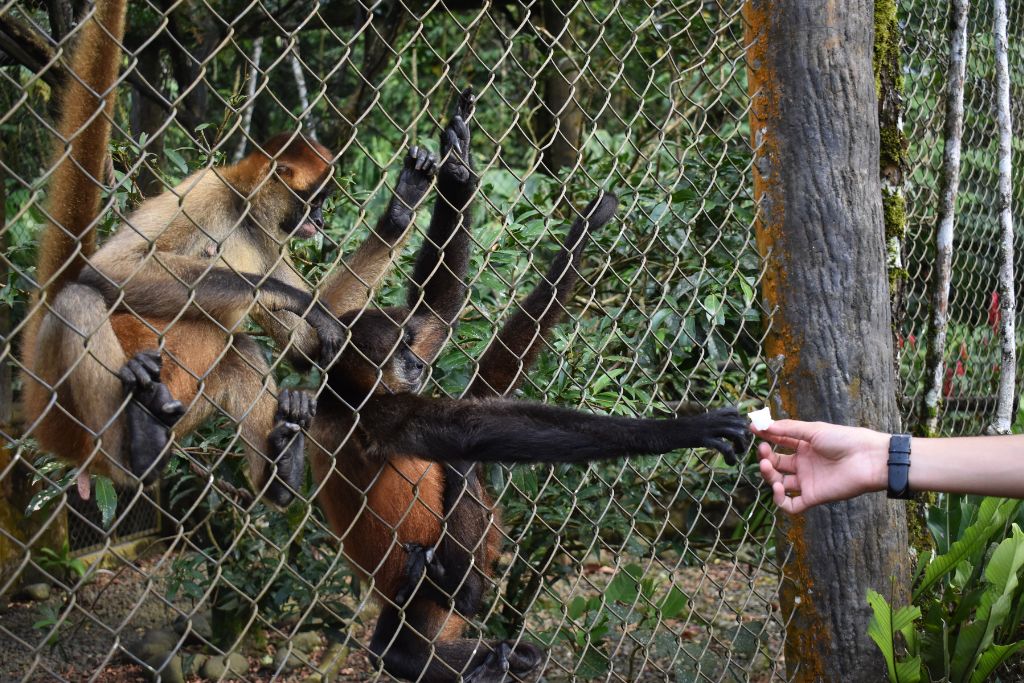Pets aren’t just great companions – they also help to alleviate feelings of anxiety, increase the release of feel-good chemicals and improve social interactions. But they’re not without their own challenges and dangers.
Fortunately, humans and wildlife share a special place in our world, as well as a common interest in preserving nature. So join us in creating a more humane world for our furry friends, and our planet as a whole.
Animals in Cities
Despite the efforts of humans to keep wild animals out of cities, a lot of them are finding their way back. This is because urban interventions such as parks, improved public hygiene, and the construction of homes have created a more ideal living environment for many creatures.
There are also some creatures that adapt better than others to city life. These are generally smaller, more opportunistic species that can find food in a variety of places, such as raccoons and coyotes.

In addition, the human-made habitats in cities provide better shelter and food sources than in the countryside. This could help some wildlife survive and thrive in cities, especially for those that are not adapted to harsh environments like deforestation and climate change.
Whether animals should be allowed to live in cities is a decision that must be made on a case-by-case basis. However, it is important that we do our part to make cities a more welcoming place for animals, both by providing them with safe places to live and by keeping their habitats clean and healthy.
Human-Wildlife Conflict
Human-wildlife conflict is a global issue, affecting wildlife and human populations everywhere. Often caused by environmental factors such as climate change, agricultural intensification, and habitat loss, it can affect all aspects of life.
A new report, produced by WWF and the UN Environment Programme (UNEP), finds that conflict – which involves killing animals in self-defense or as pre-emptive or retaliatory attacks – is one of the main threats to wildlife survival globally. From China’s famed wandering elephants raiding farms for food and water to wolves preying on cattle in Idaho, the conflict impacts some of the world’s most emblematic species.

The report reveals that the problem is as much a development and humanitarian concern as a conservation concern and risks derailing the Sustainable Development Goals. It calls on all parties to adopt human-wildlife conflict management as a key priority in national policies and strategies. It also highlights the need for well-planned, integrated approaches to conflict management, encompassing prevention, mitigation, response, and research.
Human-Wildlife Relationships
Humans and wildlife interact often, with each other and with the ecosystem. This can result in conflicts when nature threatens the safety, livelihoods, or food supply of humans.
Some conflicts are more serious than others. They can be very detrimental to both animals and people.
Conflicts can be resolved through lethal methods, supplemental feeding, or by changing the behavior of either humans or wildlife. However, some conflicts can only be managed with cooperation between the two parties involved.

This is often difficult, if not impossible, for some communities. The conflicting forces in these cases may include environmental concerns, political and economic agendas, and social or cultural expectations.
Human-Wildlife Interactions
When humans and wildlife interact, they create a complex set of interactions that influence each other in many ways. The interactions range from conflict to coexistence and can have negative or positive impacts on both people and wildlife.
Conservation practitioners often focus on managing wildlife populations and reducing negative human-wildlife interactions. These efforts can be effective in the short term, but they often don’t take into account the broader context of relationships between humans and wildlife.

These efforts require interdisciplinary collaboration across a variety of disciplines, including social and natural sciences. They also need expertise in ecology, psychology, economics, peacebuilding, and environmental law.